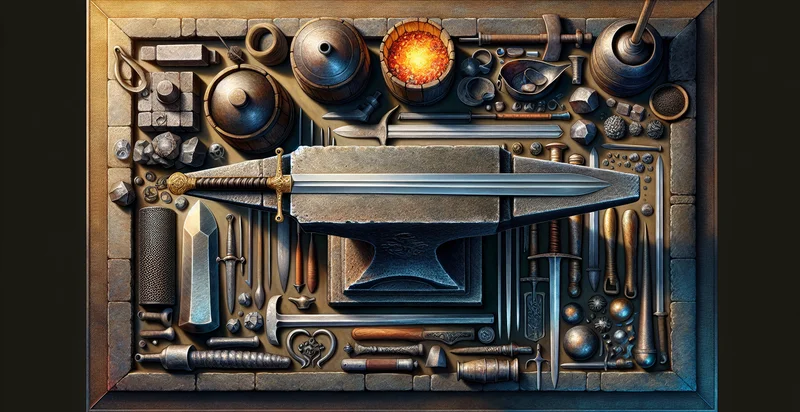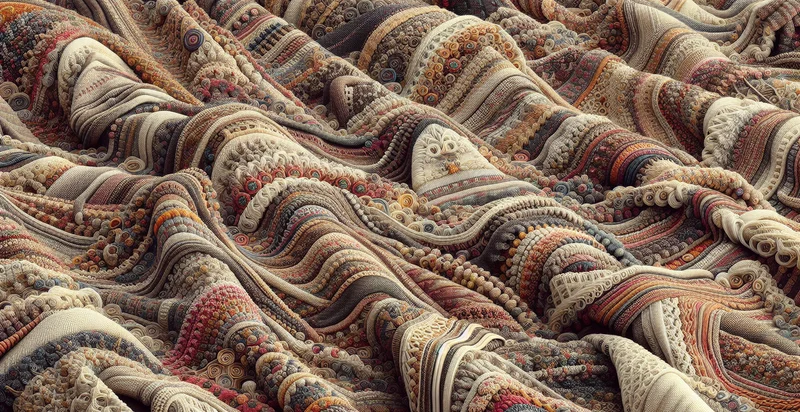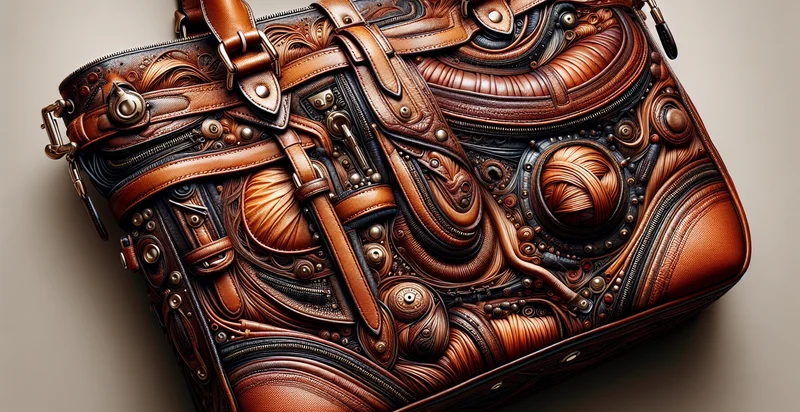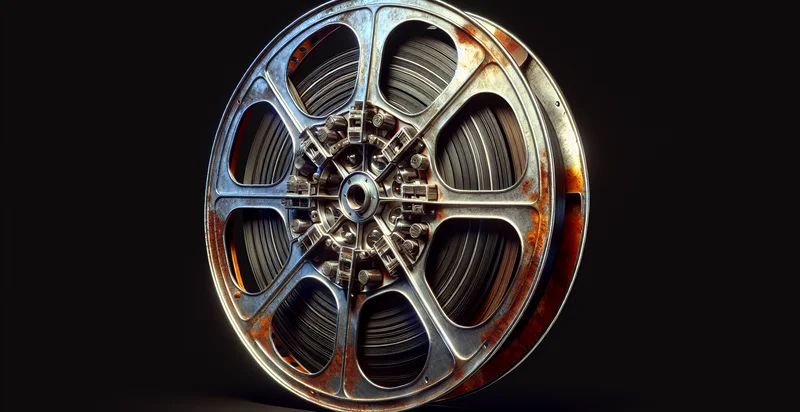Identify what material a sword is made from
using AI
Below is a free classifier to identify what material a sword is made from. Just upload your image, and our AI will predict what material a sword is made from - in just seconds.

Contact us for API access
Or, use Nyckel to build highly-accurate custom classifiers in just minutes. No PhD required.
Get started
import nyckel
credentials = nyckel.Credentials("YOUR_CLIENT_ID", "YOUR_CLIENT_SECRET")
nyckel.invoke("what-material-a-sword-is-made-from", "your_image_url", credentials)
fetch('https://www.nyckel.com/v1/functions/what-material-a-sword-is-made-from/invoke', {
method: 'POST',
headers: {
'Authorization': 'Bearer ' + 'YOUR_BEARER_TOKEN',
'Content-Type': 'application/json',
},
body: JSON.stringify(
{"data": "your_image_url"}
)
})
.then(response => response.json())
.then(data => console.log(data));
curl -X POST \
-H "Content-Type: application/json" \
-H "Authorization: Bearer YOUR_BEARER_TOKEN" \
-d '{"data": "your_image_url"}' \
https://www.nyckel.com/v1/functions/what-material-a-sword-is-made-from/invoke
How this classifier works
To start, upload your image. Our AI tool will then predict what material a sword is made from.
This pretrained image model uses a Nyckel-created dataset and has 16 labels, including Aluminum, Bronze, Carbon Steel, Ceramic, Composite, Copper, Damascus Steel, Glass, Iron and Lead.
We'll also show a confidence score (the higher the number, the more confident the AI model is around what material a sword is made from).
Whether you're just curious or building what material a sword is made from detection into your application, we hope our classifier proves helpful.
Related Classifiers
Need to identify what material a sword is made from at scale?
Get API or Zapier access to this classifier for free. It's perfect for:
- Material Verification for Custom Swords: Sword manufacturers can utilize the identifier to verify the material composition of swords produced on-site or by third parties. This feature ensures that custom orders meet client specifications and helps maintain quality control during the production process.
- Historical Artifact Authentication: Museums and collectors can employ the classification function to confirm the authenticity of historical swords. By accurately identifying the materials used, experts can establish provenance and improve the value assessment of these artifacts.
- Quality Assessment in Manufacturing: Manufacturing facilities can integrate this function into their quality assurance protocols to ensure that swords are constructed from the appropriate materials. This process minimizes production errors and enhances product reliability, preventing costly recalls.
- E-commerce Product Listings: Online retailers can utilize the material identification feature to provide customers with accurate information about the swords they sell. This ensures transparency and builds trust with consumers, ultimately leading to higher satisfaction and fewer returns.
- Combat Training Equipment Evaluation: Martial arts schools and training facilities can benefit from the classification function to evaluate the materials of training swords. Knowing the material properties can assist instructors in selecting the safest and most effective training tools for their students.
- Research and Development: R&D departments in sword manufacturing companies can use this classification function to explore how different materials affect sword performance. By analyzing various materials, they can innovate and enhance sword designs, yielding better performance in durability and usability.
- Restoration Projects: Restoration experts can apply the identifier to determine the original materials of worn or damaged swords. This crucial information assists in selecting the proper restoration techniques and materials, ensuring that the restored sword remains authentic and valuable.


